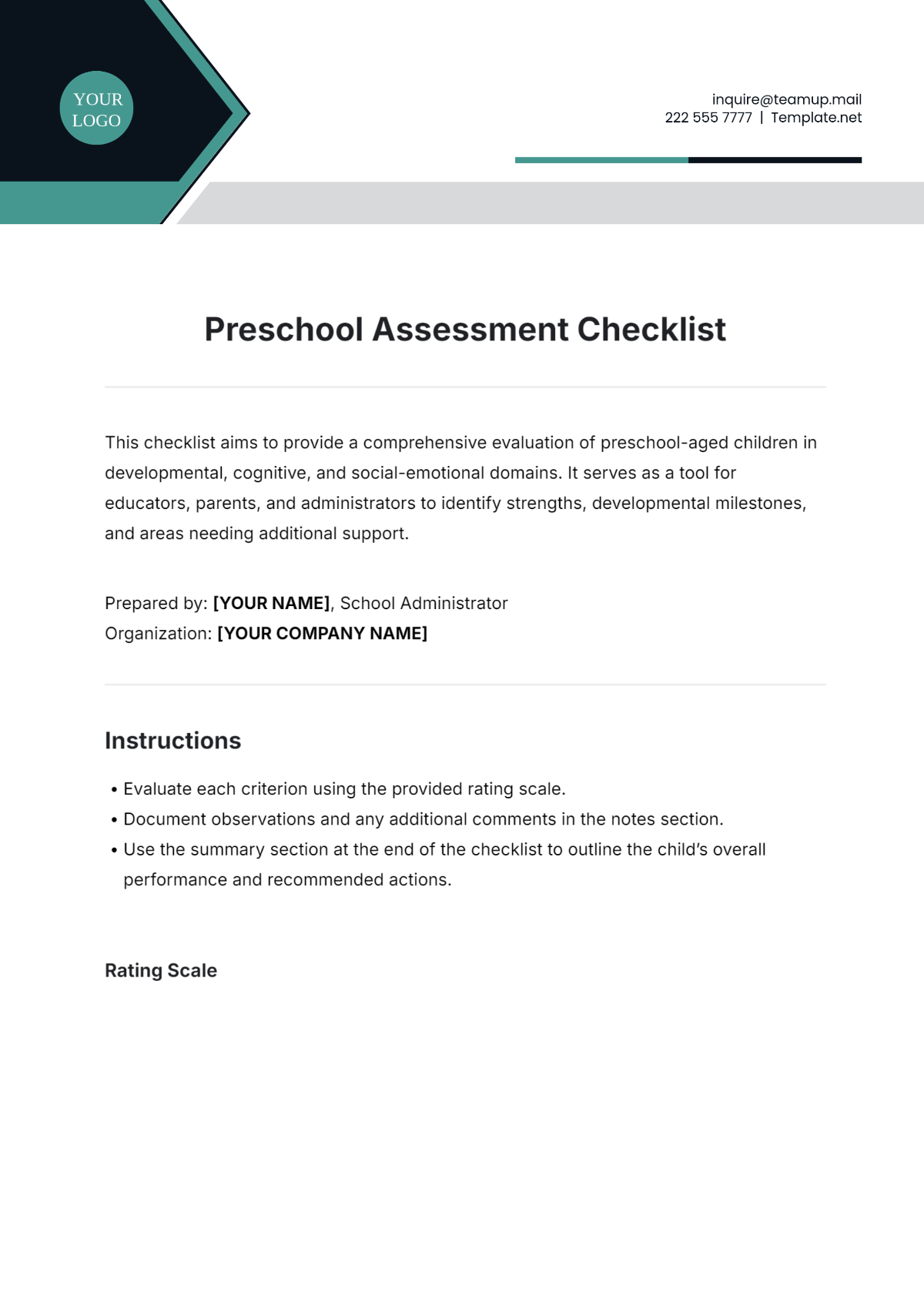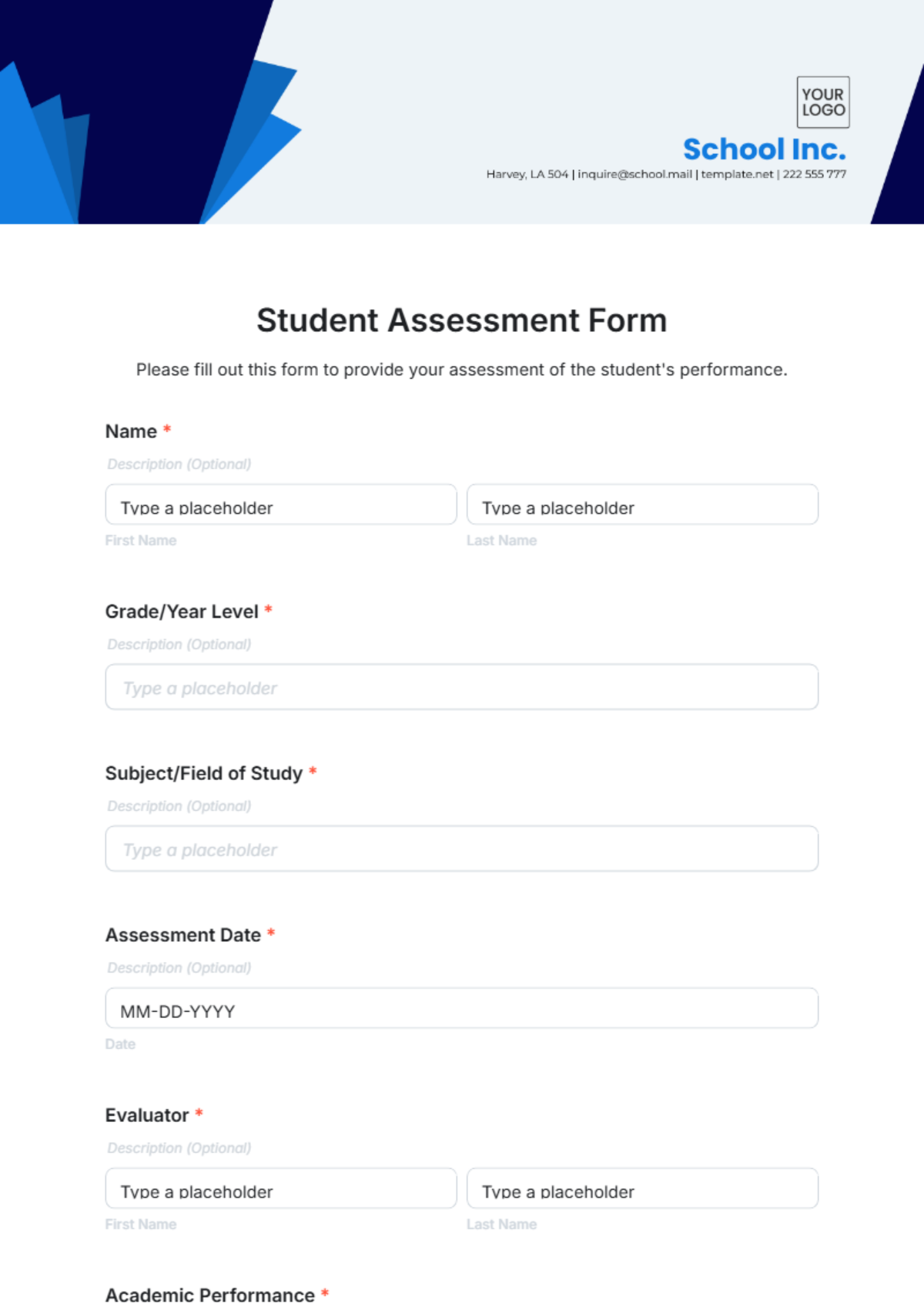Laboratory Methodology
Prepared by: [Your Name]
Date: [Date]
1. Introduction
This document provides a comprehensive overview of the methodologies and protocols necessary for conducting scientific experiments in a laboratory setting. It is designed to guide laboratory personnel through the essential practices for ensuring accurate and reliable results while maintaining a safe and efficient working environment. This guide covers safety measures, equipment requirements, experimental procedures, data handling, quality control, and waste management, as well as the training needed for effective laboratory operations.
2. Safety Measures
2.1 Personal Protective Equipment (PPE)
All personnel must be equipped with appropriate PPE based on the nature of the experiments. Required PPE includes:
Lab Coats: Protects against chemical spills and splashes.
Safety Goggles: Shields eyes from hazardous materials and splashes.
Gloves: Protects from chemicals and biological materials.
Face Shields: Offers additional protection for the face in high-risk situations.
2.2 Laboratory Safety Protocols
Adhere to established safety protocols rigorously:
Chemical Labeling: Properly label all chemical containers with contents and hazard information.
Emergency Procedures: Familiarize yourself with emergency exits, evacuation routes, and first aid procedures.
Fume Hoods: Use fume hoods for handling volatile or hazardous substances to prevent exposure.
Safety Equipment Inspection: Regularly check and maintain safety equipment, such as fire extinguishers and eyewash stations.
3. Equipment and Materials
3.1 Standard Laboratory Equipment
Ensure the following standard equipment is available and functioning properly:
Glassware: Beakers, flasks, and graduated cylinders.
Microscopes: For detailed observation of samples.
Centrifuges: For separating components based on density.
Spectrophotometers: For measuring light absorption.
Pipettes and Tips: For accurate liquid measurements.
3.2 Specialty Equipment
Certain experiments may necessitate specialized equipment:
Chromatography Systems: For separating mixtures into individual components.
PCR Machines: For amplifying DNA sequences.
Mass Spectrometers: For determining molecular weights and structures.
Gel Electrophoresis Apparatus: For separating nucleic acids or proteins based on size.
4. Experimental Procedures
4.1 Preparation
Before commencing any experiment:
Protocol Review: Thoroughly review the experimental protocol.
Reagent Preparation: Prepare all required reagents and solutions.
Equipment Calibration: Calibrate and verify the functionality of all equipment.
Workspace Setup: Arrange the work area with all necessary materials.
4.2 Execution
During the experiment:
Follow Protocol: Adhere to the steps outlined in the protocol.
Documentation: Record all procedures and observations in a laboratory notebook.
Contamination Prevention: Use sterile techniques to avoid contamination.
Consistency: Maintain consistent timing and conditions across trials.
5. Data Collection and Analysis
5.1 Data Collection
Collect and record data accurately:
Digital Tools: Utilize digital balances and data loggers for precise measurements.
Immediate Logging: Document observations and measurements immediately.
Measurement Units: Use correct units and ensure clarity in labeling.
5.2 Data Analysis
Analyze data using:
Data Organization: Present data in tables, graphs, or charts for clarity.
Statistical Software: Employ software for statistical analysis.
Interpretation: Relate results to the hypothesis and established scientific principles.
6. Quality Control
6.1 Calibration
Regularly calibrate instruments to ensure accuracy:
Calibration Standards: Use appropriate standards for calibration.
Documentation: Record calibration processes and results.
Adjustment: Adjust equipment based on calibration findings.
6.2 Validation
Validate methods with the following practices:
Repeatability Tests: Assess the consistency of methods through repeat trials.
Control Samples: Run control samples alongside experimental samples.
Peer Review: Have methodologies and results reviewed by peers.
7. Documentation and Reporting
7.1 Record Keeping
Maintain comprehensive records:
Laboratory Notebooks: Detailed notes and observations.
Digital Records: Instrument readings and data files.
Summary Reports: Documentation of setups, procedures, and outcomes.
7.2 Reporting
Present findings clearly:
Scientific Papers: For academic dissemination.
Technical Reports: For internal reviews and stakeholders.
Presentations: For conferences and seminars.
8. Waste Management
8.1 Hazardous Waste
Handle hazardous waste with care:
Labeling: Clearly label waste containers with contents and hazard symbols.
Segregation: Separate incompatible chemicals to prevent reactions.
Disposal: Dispose of materials according to regulations, such as using chemical waste services.
8.2 Non-Hazardous Waste
Dispose of non-hazardous waste responsibly:
Recycling: Recycle materials such as glass and paper.
Composting: Compost biological materials where appropriate.
General Protocols: Follow standard waste disposal protocols.
9. Training and Competency
9.1 Initial Training
Ensure all personnel undergo initial training covering:
Safety Rules: Laboratory safety rules and emergency procedures.
Equipment Use: Proper use and maintenance of laboratory equipment.
Experimental Protocols: Standard procedures and techniques.
9.2 Ongoing Training
Provide ongoing training to keep staff updated:
Seminars and Workshops: Regular educational sessions.
Competency Assessments: Periodic evaluations of skills and knowledge.
Continuing Education: Encourage further education and certifications.
10. Conclusion
Adhering to these comprehensive laboratory methodologies ensures that scientific experiments are conducted safely, efficiently, and with high accuracy. By following established safety measures, maintaining and using equipment properly, and implementing rigorous data collection and analysis techniques, laboratory personnel can produce reliable and reproducible results. Effective documentation, quality control, waste management, and ongoing training are critical components of a successful laboratory environment. This guide serves as a foundation for best practices in laboratory operations and supports the pursuit of scientific excellence.

















































